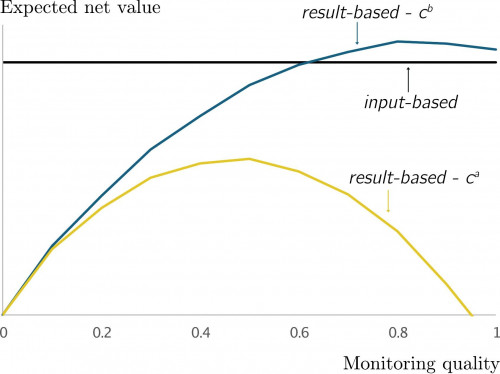Biodiversity conservation policies require monitoring systems that are both accurate and cost-effective. Technological innovations, such as citizen science, DNA-based techniques, and AI, offer the potential to improve such monitoring by reducing costs and overcoming technical barriers. Result-based schemes, which reward farmers for achieving measurable conservation results, have the potential to enhance the effectiveness of traditional agri-environmental schemes and contribute to halting biodiversity decline.
However, uncertainties related to monitoring quality and environmental factors create challenges. To further analyse this issue, a SHOWCASE paper, authored by project partners University of Urbino and University of Bologna, explored how the quality of monitoring affects the design and success of result-based schemes for biodiversity conservation.
Farmers’ participation and conservation efforts are influenced by both environmental uncertainty and the limitations of monitoring accuracy. Hence, higher monitoring precision increases enrollment and effort intensity by improving the likelihood of receiving payments. Using a Bayesian approach, regulators determine the optimal monitoring quality by weighing conservation benefits against implementation costs. While advancements in monitoring technology can enhance the effectiveness of result-based schemes, excessively high costs may make input-based schemes a more viable alternative.
The study underscores the need for policymakers to carefully balance monitoring accuracy, feasibility and costs to maximise conservation impact. By shifting towards result-based incentives—where farmers are rewarded for biodiversity outcomes rather than prescribed actions—conservation policies can become more effective. However, challenges such as costly and imperfect monitoring technologies remain barriers to widespread adoption. Despite its simplifying assumptions, the study highlights how technological advancements can improve the feasibility of result-based schemes. To maximise their success, policymakers must continuously evaluate emerging monitoring tools and ensure biodiversity targets are both measurable and achievable.
Read the full paper here.
Image: The expected net value of two result-based schemes characterized by different monitoring cost levels (ca>cb, respectively in yellow and in blue) and the expected net value from an input-based scheme (in black).
